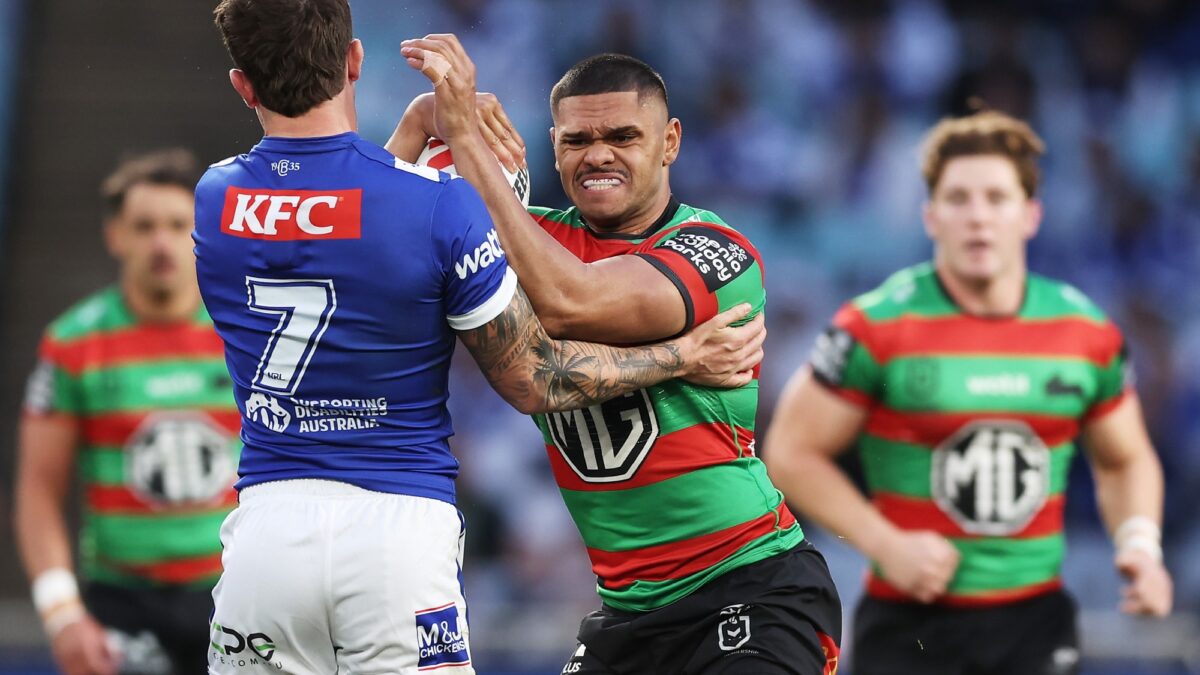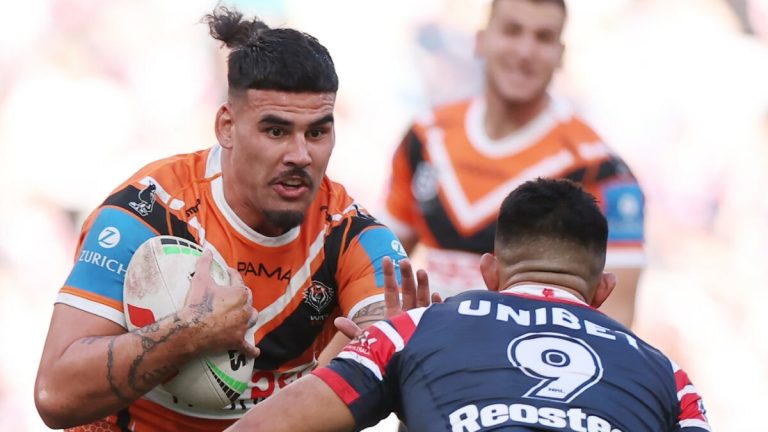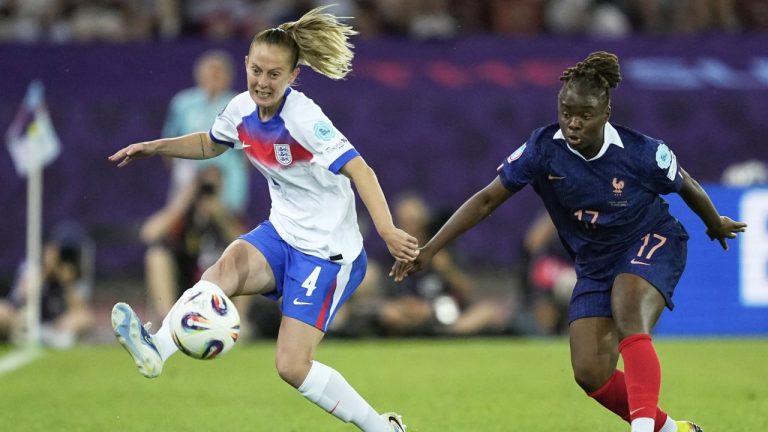I watch footy regularly, every Saturday with a bunch of equally un-educated sixty-somethings (we call ourselves “The Brain Trust”) and something occurred to me that isn’t exactly a major problem but something that could be easily improved.
The NRL’s interchange system, designed in a different era, increasingly seems at odds with the modern game’s demands.
With stringent Head Injury Assessment (HIA) protocols and an ever-faster pace of play, it’s essential we reconsider how player rotations are managed.
At present, teams operate with a four-player bench and are allowed eight interchanges per game. This arrangement often forces coaches into difficult and sometimes detrimental decisions, especially when unforeseen injuries occur.
As a consequence, specialist positions, particularly in crucial roles like halfback, hooker, and fullback, frequently get compromised, resulting in players shifting into unfamiliar roles mid-game.
Furthermore, promising playmakers frequently find themselves pigeonholed into utility positions just to gain selection, hindering their development in their specialist roles. The current interchange constraints do not adequately support their natural growth and progression in the game.
So, I came up with the following proposal and exposed it to the scrutiny of the “Brains Trust”. Simply expand the bench from four to eight players while maintaining the current limit of eight interchanges. I believe it would provide several clear benefits.
Positional integrity: Like-for-like substitutions would preserve team structures, maintaining tactical coherence and game plans.
Improved player welfare: More comprehensive rotation options allow better management of player fatigue, reducing the likelihood of injury and burnout.
Development opportunities: Talented specialists in key positions would gain genuine first-grade exposure without being prematurely converted into utility players.
Enhanced tactical depth: Coaches would gain strategic flexibility, leading to smarter and more engaging gameplay.
The “Brain Trust” never agrees on anything. Lucky we don’t sit on the video review panel or the games would never end.
However some of their possible objections were reasonable. One argued that expanding the bench would significantly raise operational costs.
However, in reality, teams routinely travel with additional players to cover potential injuries, meaning the financial impact would likely be marginal at most.

Kaeo Weekes celebrates scoring a try. (Photo by Mark Nolan/Getty Images)
Another valid concern raised was the potential disruption of game flow. However, with the interchange cap remaining unchanged at eight per match, the flow and momentum of games should be largely unaffected. Coaches would simply have more tactical flexibility within the existing interchange constraints.
The Rooster-hater in the group feared that wealthier clubs could stockpile talent. But the salary cap should ensure parity by limiting financial advantages and maintaining an even playing field across all clubs.
A couple of the younger patrons (yes, we do sometimes listen to those under 60) worried about its effect on player versatility. While the expansion might slightly reduce the need for versatile utility players, it opens the door for the development and promotion of specialist players, enhancing the overall skill level within the league.
Specialist players, rather than being forced into versatility prematurely, would have room to perfect their craft. Craig Wing (we had to explain who he was to some of the younger patrons) is the perfect example.
Wing’s value came not just from his versatility, but from the fact that he had mastered his core position (hooker) before taking on broader roles. That’s a key difference.
Wing had a clear identity and skill base before being used as a flexible option. Today’s young playmakers are often asked to be “a bit of everything” too soon.
The last concern was how this would impact on the feeder teams in the NSW and Qld cup teams. Would having unused players sitting on the bench for NRL mean that they would be unavailable for games in these “feeder” leagues and wouldn’t that impact on their development?
This would be a real issue, but I have a suggestion. Move all NSW and Queensland Cup games to Wednesday night. It would give Fox more live content and would allow our future stars game time and exposure to the NRL.
Of course, midweek games may pose challenges for part-time players, but if managed with support from clubs and broadcasters, it could also professionalise the second-tier pathway.
NRLW and local games could be used to ensure the full “game day” experience on the weekend NRL games.
So if this was adopted, how should it be introduced? We oldies are a cautious bunch by nature and given the significance of this potential shift, a measured, phased approach is advisable.
Pre-season trials: Initial trials in pre-season fixtures would enable evaluations without high-stakes implications.
State competitions: Implementing the expanded bench in the NSW and Queensland Cup competitions would provide a larger sample size for robust data collection and analysis.
Comprehensive review: Detailed assessment involving player welfare, injury statistics, tactical innovations, and fan feedback would determine feasibility and guide further decision-making.
NRL-wide Implementation: If supported by strong evidence, the new interchange system could then be confidently introduced to the broader competition.
The NRL has evolved significantly over recent decades, with advancements in player welfare and strategic complexity.
This small change could have a big impact by letting our best players play their best positions, and giving coaches the tools to protect them.
I’m interested to hear what the wider “Roar” community think of the idea.






